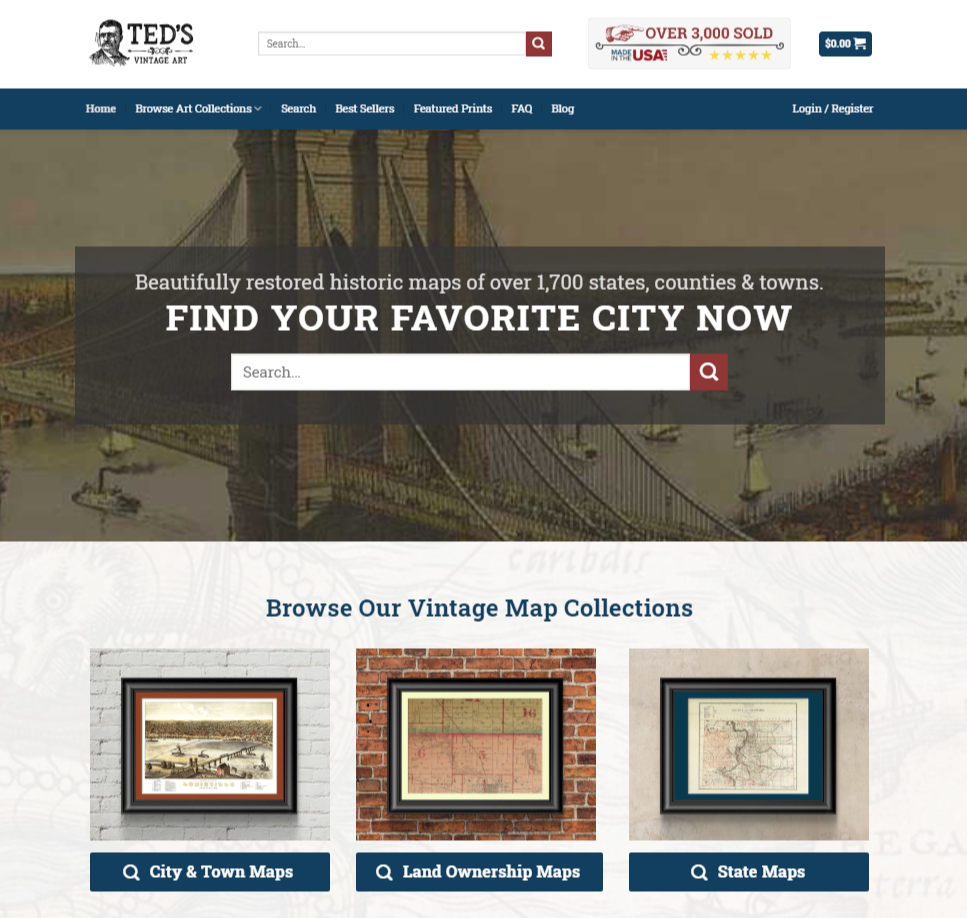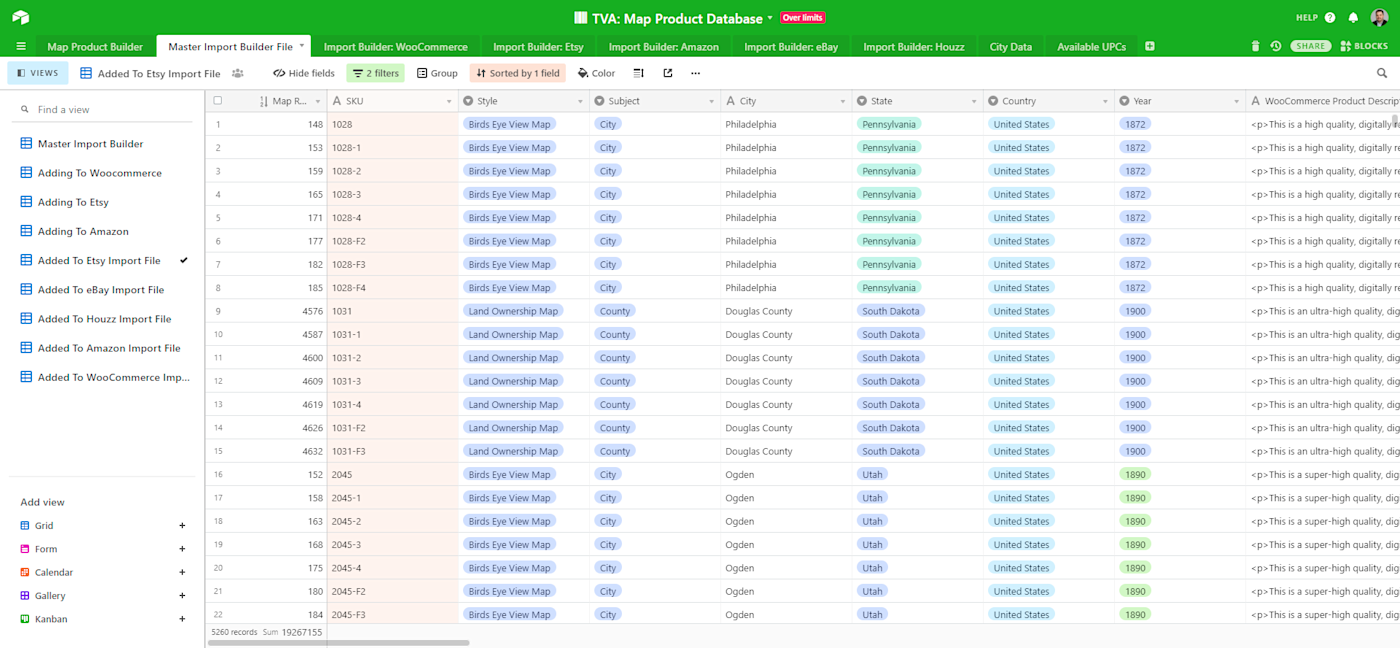Justin Blase has always been fascinated by automation.
When he first started using Zapier for a previous employer over five years ago, he realized it would be a game-changer for him. With a background mostly in marketing, he didn't have coding skills. But he realized that the combination of Zapier and other tools like Airtable would allow him to build things that were never possible before without paying a developer to build and manage them.
After becoming a Zapier power user, and eventually a certified Zapier expert, Justin wanted to see if he could build an eCommerce business that ran almost entirely on automation—but he didn't want to sacrifice the quality of the product or the uniqueness of the business.
Justin was interested in print on demand services: he knew he could automate the fulfillment process via a dropshipper, and he loved the idea of not holding any inventory other than digital image files in the cloud.
"I tested a number of products in the print on demand space, and then one day, while looking for a vintage map print for my office online, I decided I would make the print myself," he told us. After spending some time digitally restoring an old map scan of Sioux Falls, South Dakota from the 1800s, he sent it to a dropshipper and received his beautiful print less than a week later.
On that day, Ted's Vintage Art was born. Since then, Justin has sold over 5,000 vintage map prints of cities, counties, and states all over the United States.

How Ted's Vintage Art runs on automation
Justin is a Certified Zapier Expert through his business Blase Media, and he uses Zapier as the backend of most of his business processes. He has dozens of Zaps—our term for automated workflows—running in the background. Here are a few examples.
Automating the creation of all product and social sharing images
When a team member from Ted's Vintage Art uploads a map image to Google Drive, Zapier automatically sends that information to Cloudinary, which creates over a dozen variations of the image to be included on product pages and listings. Here's what that Zap looks like.
Then, with Cloudinary, Zapier, and Airtable, Justin is able to automate custom zoomed images, images optimized for each social media channel, and images with text overlaid. This task alone saves him over an hour per product. With over 3,000 products, it adds up.
Managing product data with Airtable
The very first time I realized you could trigger a Zap by having a record appear in a custom Airtable view, my head about exploded.
Justin relies on database tool Airtable as the hub of all his business data. He has tables for managing product inventory, real-time sales data, product metadata, UPCs, customer data, reviews, and other items—and many of his Zaps center around Airtable.

One key feature of his Airtable and Zapier setup is the ability to automate the creation of product listings. When a new product is marked as "ready to list" in Airtable, Zapier will create new records in another table, which then creates the CSV import files for Amazon, eBay, WooCommerce, and Etsy. The team then easily uploads these CSV files to the respective marketplaces to batch upload the newly created product listings.
Automating the post-purchase and shipping processes
Justin also automates the post-purchase processes. For example, whenever a purchase is made in WooCommerce, Etsy, Amazon, eBay or Houzz, the customer is added to Airtable, where they store customer data and order details.

Additionally, Zapier sends the customer information to ActiveCampaign, which Justin uses for drip marketing email sequences and email newsletters. Here's an example of one of those Zaps.
Additionally, when purchases are made across any platform, Zapier automatically sends the order via Shipstation to Printful. Printful is Justin's third-party printing partner that prints the art and ships it to the customer on his behalf. The app also works with Shipstation and all their storefronts to update the order status and add shipment tracking for the customer.
With the 20+ hours a week Justin saves with Zapier, he's able to focus more on marketing efforts like SEO and social media promotion. His goal of creating a mostly-automated company has become a reality, and he has time to focus on the parts of his workflows that require his creativity and passion.
What's your story? Tell us how you use Zapier to do more. You can also read even more customer stories and find new ways to improve your workflow and productivity.
Need a hand automating any of your workflows? Hire a certified Zapier Expert to help you get started.









